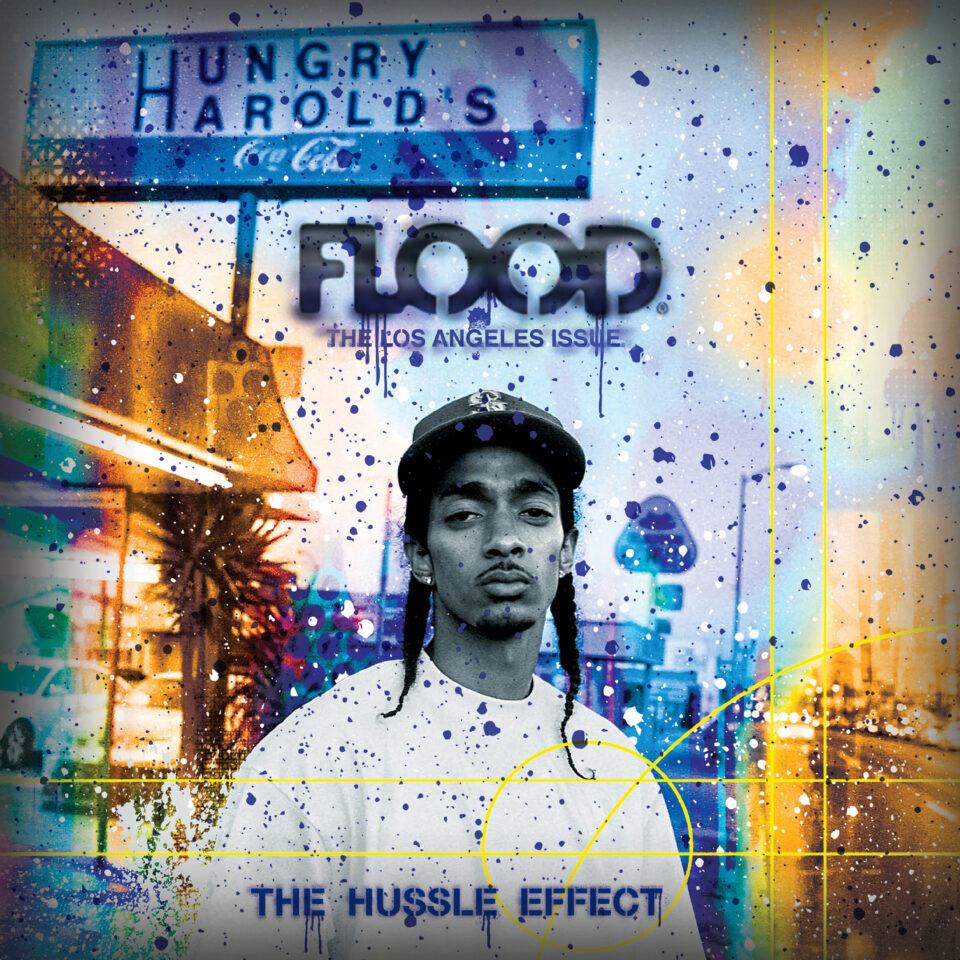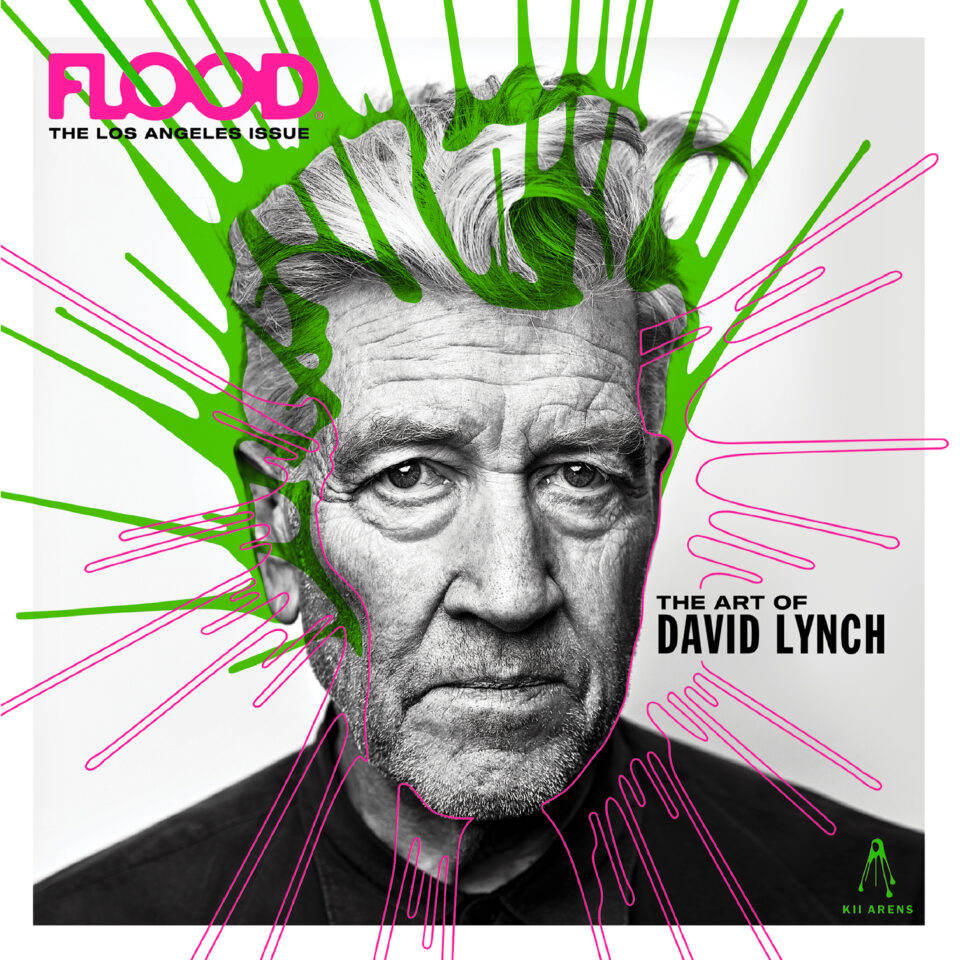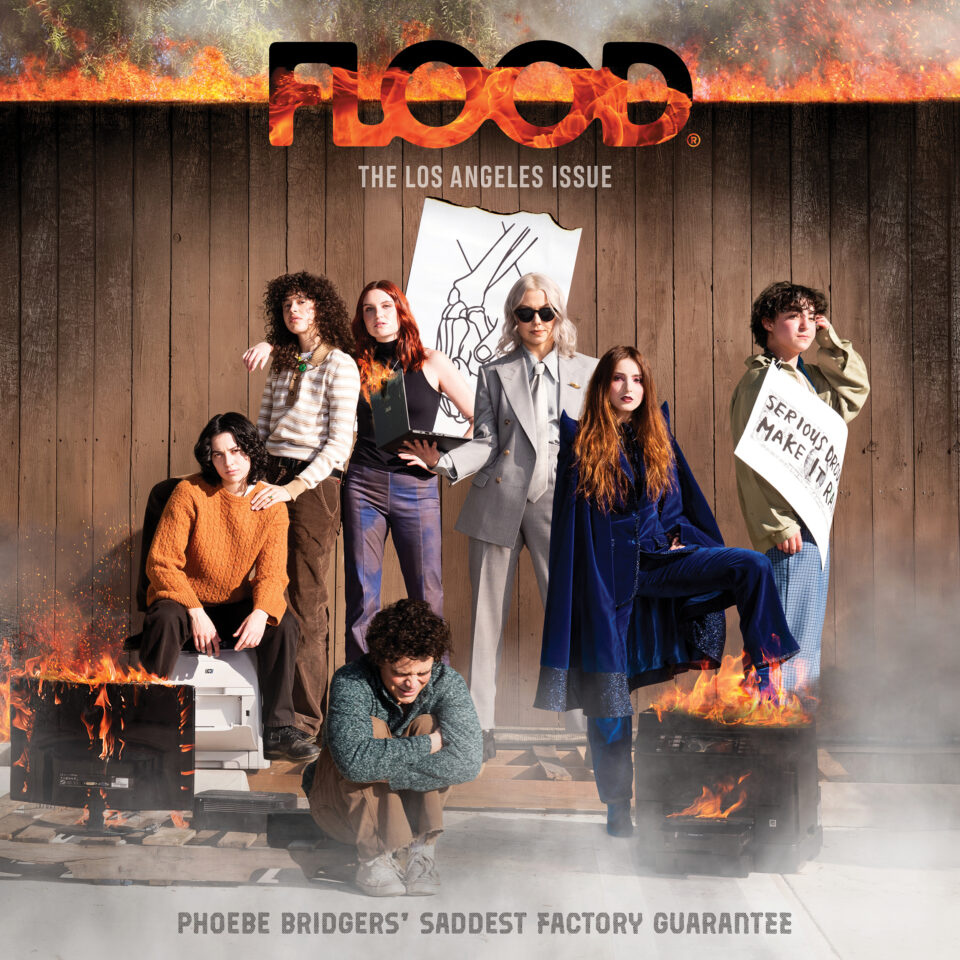Just like the seven Spiritualized albums that preceded it, And Nothing Hurt is a cinematic and orchestral affair in which instruments aplenty soar beside each other, reaching toward the sun to revel in its warmth and light. This is the kind of thing that Jason Pierce, the band’s creative force, has been doing since the release of Lazer Guided Melodies in 1992, shortly after the dissolution of his previous outfit, Spacemen 3.
Spiritualized quickly became one of the UK’s most celebrated groups, thanks in large part to their third album, 1997’s Ladies and Gentlemen We Are Floating in Space. The monumental record reached the number-four spot on the UK album charts and reaped universal acclaim that is still growing to this day. Its importance—not just in terms of the band itself but in the grand scheme of psych rock and British music at large—was underlined by a pair of celebratory shows in London two years ago that saw Spiritualized perform the album in full, accompanied by a gospel choir and a fifteen-piece orchestra.
The success of that record wasn’t isolated, either—2001’s follow-up, Let It Come Down, hit the number-three spot on the same charts. Given that history and legacy, it seems surprising to think, two decades and a handful of similarly accomplished records later, that the equally grandiose and elaborate And Nothing Hurt was actually recorded almost entirely by Pierce alone in his home studio—using a laptop because, working without a proper advance, he didn’t have the money to make it any other way.
“Of all the people to give funds to,” he says, “it seems like I’m quite a reasonable candidate. I just think that people don’t sell records. There’s just not as much money and oftentimes record companies will only release complete records—if you take a complete record to a record company they’ll release it, but investing in it is a different world. I was just too stubborn to let go of the idea of the record I wanted to make.”
“I feel like albums should come with this great responsibility. They’re not to be entered into lightly and not to just be released in the way that people seem to throw them out as a means to get on the road.”
His voice is dry and almost emotionless—somewhat at odds with the emotional music he makes—but there’s as much a sense of stoic, knowing humor in his tone as there is a sense of resignation. While that’s a pretty direct indictment of the state of the music industry, Pierce’s stubbornness led him to find a way around it: by teaching himself how to use digital equipment and starting the painstaking process of sampling chords from classical records, building up the orchestral symphonies that swell throughout And Nothing Hurt’s nine tracks. It was laborious and time-consuming, and Pierce admits it nearly drove him insane—but now that it’s done, he also says he wouldn’t have changed the process.
“I certainly wasn’t sitting there depressed at this chore I had ahead of me,” he explains. “I’d chosen to piece it together because I wanted to make something that was like Ray Charles or Gil Evans or Lee Hazlewood, and I thought a laptop would give me time enough to make that rather than do something smaller with the funds that I had.”
Amazingly, if you didn’t know this record was made largely out of samples, it would be impossible to tell. Heavily informed by those orchestra shows, And Nothing Hurt is as close to making what Pierce wanted without him actually making what he wanted—an irony that he acknowledges, with one simple caveat.
“The idea wasn’t to trick the listener,” he says. “It was just to get that result. And in a strange way the process makes it what it is—I’m glad it doesn’t sound like a Ray Charles record. So hindsight is a good thing, obviously, and now that it’s done I feel amazing that I got there, but I also got somewhere better than anything I had in mind.”
While most artists of his stature would probably balk at the idea of doing what Pierce did, for him it served to highlight the level of engagement he believes musicians should have with their art; to throw anything less than everything at a piece of work you’re creating is to do yourself, your work, and—perhaps most importantly—your listeners a disservice. It helps, he says, if you also have a mild case of OCD.
“I know how obsessive I am,” he laughs, “and I know how obsessive I get. I know how much I want to try everything and push everything into corners it doesn’t want to go into, because I’m just as fascinated by how much things don’t work as how much they do work. I feel like albums should come with this great responsibility. They’re not to be entered into lightly and not to just be released in the way that people seem to throw them out as a means to get on the road. I make records because I feel like I’ve got a good record to make and I feel like there’s a space for it—not because it’s required.”
Be that as it may, one of Pierce’s main ambitions for And Nothing Hurt is that it allows him to play these songs, especially now that the hard part—the actual making of it—is done and dusted.
“The intent was to make as beautiful a record as I was able to and not be satisfied with anything but,” he says, “so I don’t really have any hopes for it. I know it’s part of the business, but it never really feels like my part of it. Music seems to be the only art form where you make something new and people want to hear the old stuff, and I kind of understand that, but I’m interested in the idea of presenting a new album like a new theater production. And I know these songs will do that. I get to play live and travel again and hold on to the good that I’m taking forward—and that’s a very special thing to be able to do.” FL
This article appears in FLOOD 9. You can subscribe to the magazine here.









